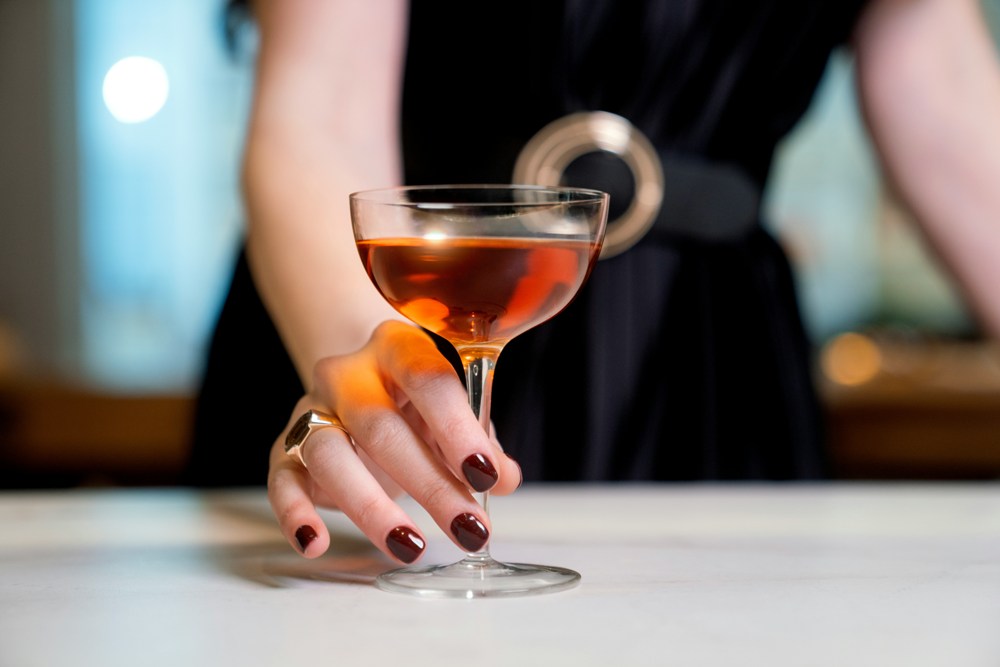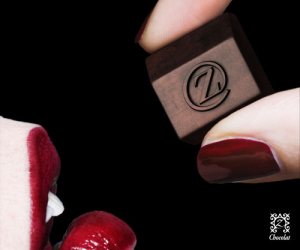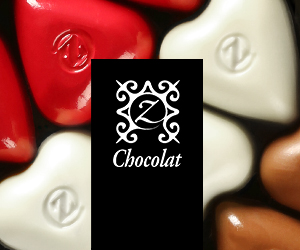
The art of cocktail making lies in the precise intersection of chemistry and creativity. Every great cocktail is a careful orchestration of flavors, textures, temperatures, and techniques. Whether mixed in a high-end lounge or prepared with flair in a home kitchen, the perfect cocktail is never an accident; it is the product of understanding spirits, balancing sweet with bitter, selecting high-quality mixers, and applying time-honored methods with originality. A well-made cocktail is both a sensory experience and a display of craftsmanship, blending aesthetics and taste into a single glass. The cocktail, in many ways, is a cultural touchstone—a symbol of hospitality, sophistication, and indulgence that transcends trends and generations. Creating one that is not only technically accurate but also emotionally evocative demands more than simply following a recipe. It requires a deeper grasp of ingredients, flavor theory, presentation, and the rhythm of hospitality. Consider the elements that shape the foundation of an extraordinary cocktail and explore the nuances that distinguish something merely good from something truly exceptional.
Understanding the Foundations of Flavor
At the heart of every cocktail lies a thoughtful balance of primary flavor elements: sweet, sour, bitter, salty, and umami. A skilled mixologist understands that these components are not static but interact dynamically based on the ingredients used and how they are prepared. Citrus juices, for example, bring brightness and acidity that lift other elements, while syrups and liqueurs contribute sweetness that must be carefully proportioned to avoid overwhelming a drink. Bitterness, often introduced through ingredients like Campari or Aperol can create complexity and sophistication. Saline solutions or a dash of sea salt can enhance certain profiles, while umami-based tinctures are emerging in experimental circles to add depth to savory blends. Every spirit comes with its own set of characteristics—juniper-forward gins, smoky mezcals, botanical vermouths—each of which must be matched with complementary flavors to bring out its finest qualities. Understanding how to construct a flavor profile that achieves balance without dulling any of its notes is the first critical step in crafting cocktails worth remembering.
Choosing the Right Base Spirits
Every cocktail starts with a base spirit, and the choice of this foundation shapes the identity of the entire drink. Vodka serves as a neutral canvas, allowing other ingredients to shine, while gin brings complexity through its herbal botanicals. Whiskey, whether bourbon or rye, offers warmth and depth with notes of oak, vanilla, and spice. Tequila and mezcal contribute agave's earthy sharpness, often shining in citrus-forward or spicy concoctions. Rum offers variety through its light, dark, and spiced expressions, pairing well with tropical or dessert-style cocktails. Brandy, often overlooked, contributes fruit and caramel tones that elevate seasonal or aromatic profiles. Selecting the correct base spirit requires more than choosing what is on hand; it requires an understanding of the flavor characteristics and cultural connotations of each spirit. For example, a cocktail designed for a relaxed summer evening may lean toward white rum or gin, while a late-autumn gathering might call for the richness of bourbon or cognac. A deliberate choice of spirit lays the groundwork for every other decision that follows, guiding the structure, tone, and theme of the cocktail.
Elevating with Mixers and Modifiers
Modifiers are the bridge between the base spirit and the rest of the flavor spectrum. These include liqueurs, fortified wines, syrups, bitters, and citrus or other juices. Each plays a distinct role, offering body, sweetness, acidity, or a unique twist that distinguishes a cocktail from a mere blend. Vermouths, both dry and sweet, are indispensable in classics like the Martini and the Manhattan, adding herbal and sometimes oxidative qualities. Bitters, used sparingly, can act as the salt and pepper of the cocktail world—complex and impactful in minute amounts. Syrups can range from basic simple syrup to more elaborate infusions such as rosemary, hibiscus, or ginger, introducing layers of aroma and flavor. Mixers like soda water, ginger beer, or high-quality tonic water are not merely fillers; they should be chosen for their mineral content, carbonation, and ability to complement other elements without dilution. Thoughtful use of these ingredients allows for a cocktail that feels multidimensional, intentional, and harmonious from first sip to last.
Incorporating Wine and Fortified Selections
Though spirits tend to dominate the cocktail conversation, wine and fortified selections have an equally important role in adding refinement and range. Fortified wines such as sherry, port, and Madeira contribute nuttiness, salinity, and oxidative depth. Dry sherries like fino or manzanilla can create an unexpected counterpoint to citrus or spice, while sweet ports blend beautifully into stirred cocktails with dark spirits. Still wines, though less common in cocktails, provide body, acidity, and aromatics. Sparkling wines can be layered into cocktails for effervescence and celebratory character, especially in brunch or aperitif-style drinks. Selecting wines from quality sources like wine suppliers that emphasize regional expression can further enhance a cocktail's integrity. Understanding when to incorporate wine is essential—it can function as a modifier, a float, or even as the dominant component in low-alcohol or session-style cocktails. With proper integration, wine opens a realm of possibility beyond traditional spirits, particularly when seeking to craft something nuanced, elegant, and rooted in terroir.
The Importance of Technique and Precision
Even the most artfully conceived recipe can falter without correct technique. Shaking, stirring, building, muddling, layering—each technique affects the final flavor, texture, and presentation. Shaking is ideal for emulsifying citrus or cream, while stirring preserves clarity and minimizes dilution in spirit-forward drinks. Muddling can extract flavor from herbs and fruits, but too much force will introduce bitterness. Even ice matters: large, clear cubes melt more slowly and keep the drink colder for longer, while crushed ice enhances dilution in tiki or julep-style drinks. Precise measurement is not merely for consistency but is also a mark of respect for the balance inherent in each composition. A cocktail is chemistry in a glass, and success depends on ratios as much as ingredients. Garnishes, too, serve both visual and aromatic purposes, with a twist of citrus oil or a sprig of mint elevating a drink's appeal. Mastery of technique ensures the cocktail arrives at the table or bar with not only flavor and balance but also grace and visual impact.
Designing Seasonal and Thematic Cocktails
Seasonality provides a natural rhythm to cocktail creation, guiding ingredient selection and presentation. In spring and summer, lighter profiles featuring herbs, berries, and floral notes refresh the palate. Fall and winter, by contrast, invite richer, spicier elements such as cinnamon, clove, apple, and molasses. Designing cocktails around seasonal produce ensures ingredients are at their peak, both in flavor and aroma. Thematic cocktails, often crafted for holidays, celebrations, or cultural events, invite creativity and storytelling. A well-executed Halloween cocktail might include activated charcoal and smoked elements, while a romantic Valentine's drink could feature rose water and red fruit. Even glassware and garnishes can contribute to the theme; a sprig of pine or a dried orange wheel lends depth to a wintery aesthetic. When creating seasonal or themed drinks, the challenge is to be evocative without gimmickry. Elegance lies in subtlety—a cocktail that captures the mood and memory of a moment without overwhelming the senses.
Creating a Memorable Presentation
Visual presentation is a vital element of the cocktail experience. The choice of glassware, the color of the liquid, the clarity of the ice, and the garnish all work together to shape perception before the drink is ever tasted. A coupe suggests elegance, a rocks glass implies substance, a Collins glass promises refreshment. Color can also influence taste perception; a drink with a vibrant hue may appear more tart or more sweet depending on expectations. Garnishes should never be mere decoration; they must tie into the drink's flavor profile, offering olfactory cues or edible contrasts. A lemon twist introduces brightness, while a brûléed orange wheel adds depth and drama. Smoky presentations, fog domes, and even flame can serve as theatrical elements when appropriate, but they must be executed with precision and relevance to avoid appearing contrived. Ultimately, presentation must support the narrative of the drink—each component a visual invitation into the layered world crafted within the glass.
Mastering the cocktail is both a science and a celebration of human sensory potential. It is the blending of technique, timing, and taste with artistry, memory, and occasion. The perfect cocktail is not defined by cost or complexity but by intentionality and harmony. It arises from thoughtful spirit selection, intelligent balance of modifiers, and the kind of detail-driven execution that elevates ordinary moments into something ceremonial. Whether hosting a dinner party, curating a bar menu, or enjoying a quiet evening with friends, crafting the perfect cocktail offers a chance to engage deeply with flavor, aesthetics, and hospitality. It is a ritual of refinement—one that honors tradition while welcoming innovation, a form of expression as intimate as a signature and as timeless as a toast.
EDITORIAL POLICY
The Flash List is dedicated to providing trustworthy editorial content by maintaining strict ethical standards, journalistic integrity, and credible professionalism regardless of any remuneration as working media. The Flash List is not affiliated with third-party companies mentioned and makes no endorsement or guarantee expressed or implied. The preceding article, which contains affiliated link(s) for which compensation was received, is intended for informational reference only and does not constitute advice of any kind. Moreover, a qualified professional should be consulted regarding any lifestyle consideration, medical treatment, or monetary transaction, etc. Content is published in accordance with USFTC regulations and terms and conditions.
MORE ON THE FLASH LIST
































